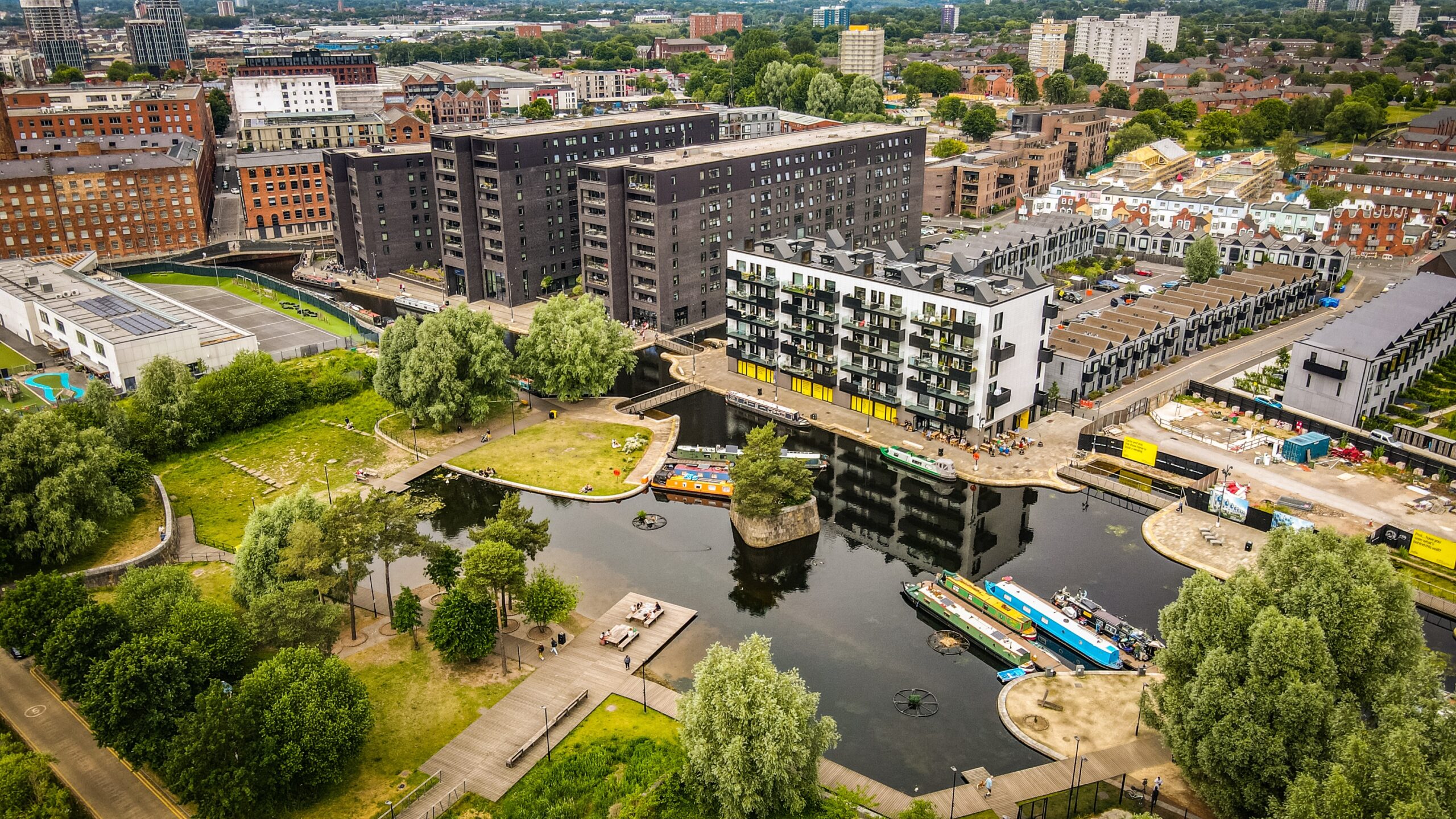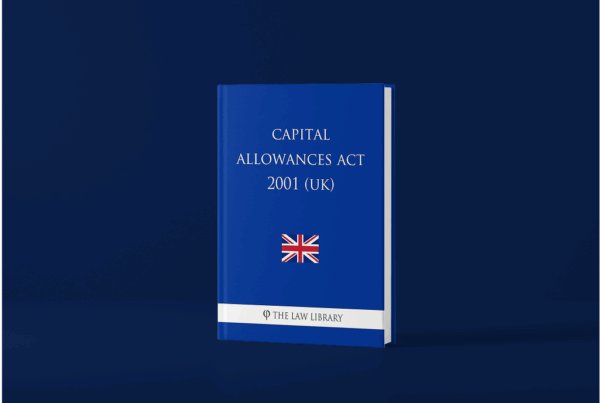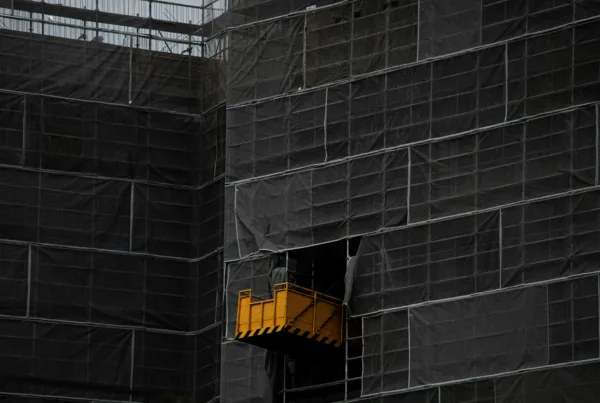Of the all the major real estate sectors, UK commercial property should be, in theory, the easiest to go ‘green’.
In recent weeks, in the wake of the COP 26, there has been rising pressures from tenants and stakeholders for commercial properties to improve ESG performance of their properties portfolios. Whilst investment and government incentives are crucial to implementing these changes, commercial properties do have inherent advantages in adopting greener, more sustainable practices.
Real Estate Sector advantages
Unlike the residential sector – historically commercial properties have been held by institutional landlords who have access to the funds and firepower to implement large-scale change.
Additionally, when looking at the sheer volume of assets when comparing commercial and residential property, for commercial investors change ‘only’ has to be implemented across tens of thousands of different assets, instead of tens of millions.
Whilst it sounds like a massive undertaking, when examined from the perspective of an individual or corporation who own a retail space or office block, commercial property is far easier improved with sustainable ESG investment and green infrastructure. This is due to the methods of construction, the role of commercial fit-outs and simpler structure of tenants and stakeholders. Residential blocks by comparison are typically more modular, expensive to renovate or retrofit and could house hundreds of stakeholders with a mix of rental tenants and owner occupiers.
Incentives to reinvest
There are in-built structural advantages associated with commercial property investment. Commercial property investors have, or if not should, always factor for embedded Capital Allowances to ensure that their assets receives tax relief to support upgrading and reinvesting in the embedded assets that depreciate overtime.
These claims have a plethora of benefits but most notable is the the reduction of an individual or corporations tax bill, allowing investors to budget and prepare for investment, potential regulatory changes and the evolving demands from tenants such as maintenance or other requests.
In recent weeks, we have been working with commercial property investors who have recognised the financial advantages of having lower energy bills, and a reduced tax liability. These upgrades have meant that properties are remain lettable at the best market rates and are attractive options for tenants, whilst simultaneous increasing the overall value of the asset.
At time of writing, 100% Annual Investment Allowances (AIA) for plant and machinery purchases up to £1m and the recently introduced 130% super-deduction are highly advantageous incentives that have been made available for commercial property investors.
Output and performance efficiencies
Environmental labelling systems such as BREEAM and LEED are becoming far more common within the sector, with steps being taken to also implement new systems which better measure the operational carbon performance of a building, such as NABERS or DECs.
While the above is positive, we shouldn’t underestimate the challenges that still lie ahead. Currently about 80 per cent of UK commercial property has a low Energy Performance Certificate rating and runs the risk of becoming ‘unlettable’ if its environmental performance is not improved by 2030.
Whilst upgrades and investments should be accounted for, some asset classes are already ahead of the curve. Offices, for instance, are furthest ahead due to more demanding occupiers, whereas some, especially retail landlords who have had a much more difficult 18 months, may need further policy intervention or the advice of experts to support investment and improvements.
But overall in the next few years we should see substantial improvement in commercial environmental rating systems, reflecting the huge increase in investor and occupier adoption of energy efficiencies in the last couple of years.
New investment trends are creating new challenges…
Some of the current darlings for commercial investment – namely data centres and distribution hubs – are challenged by high energy usage and the resultant emissions (although in the latter one can argue that the positive social and economic impact potentially outweighs the negative environmental impact).
In these sectors, either a revolution is needed in how to reduce their carbon emissions or owners will have to make significant investments in carbon offsetting schemes (in itself is not a cure-all, but the best option available) to achieve investor driven net zero targets.
Challenges like these are where things get exciting: given the scale of change required we’re going to see more investment into proptech solutions and the built environment than ever before.
The rise in availability of green debt and equity alongside the evidence, that already exists, that greener buildings cost less to run, means that less persuasion (or government investment) is needed to make commercial property stock more sustainable than other real estate sectors.
However, we speculate that further government incentives, rebates and tax relief will become available over the coming years to those who are leading the charge.
At HMA Tax, we are the UKs leading experts on embedded Capital Allowances for commercial property owners. If you, or someone you know owns a commercial property and would like to find out more on how we generate thousands of pounds in tax relief, please call get in touch on 01384 904090 or email contact@hma.tax




